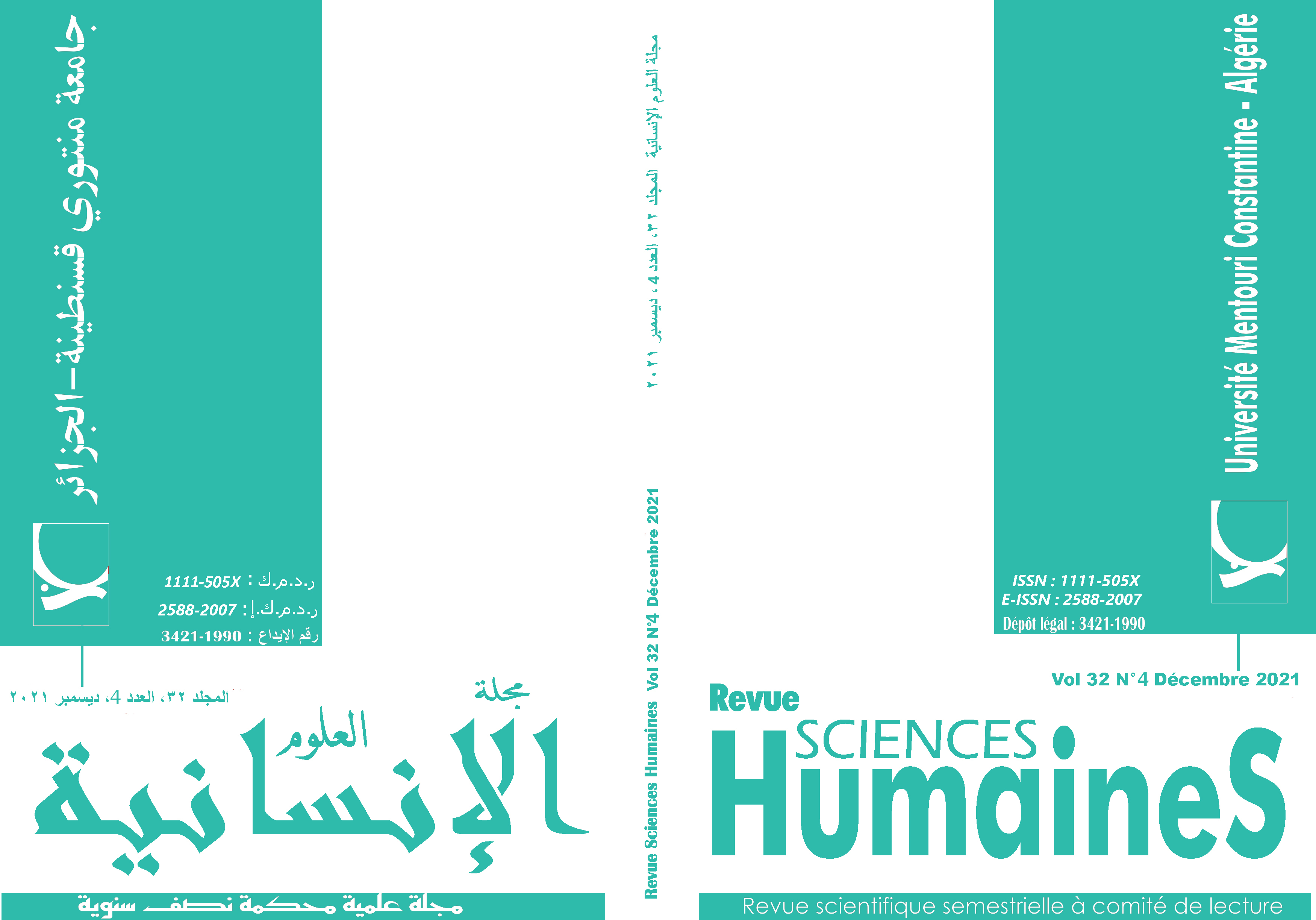Virtual Reality Technology in the Treatment of Autism Spectrum Disorder
Keywords:
virtual reality, social interaction, communication skills, language skills, Emotional skillsAbstract
Autism Spectrum Disorder (ASD) is considered one of the most important disorders of interest to psychologists and child psychiatrists in various countries around the world. Despite this, no curative and definitive treatment has been found in this direction, in addition to its wide spread, which may have doubled the fears of families for the future of their children. Although the research has not stopped, but has escalated. In this context, our research is interested in the psychological literature, through ten studies, on the measurement of virtual reality and its use as a therapeutic technique for ASD. The results showed that this technology has a promising future due to the interaction of children with it on the one hand, and on the other hand, its positive impact on the development of certain aspects of the personality of a child with ASD. In particular the development of social and communicational interactional capacities.
Downloads
References
APA. (2015). APA Dictionary of Psychology, Second Edition (G. R. Vandenbos, Ed. ; 2nd ed. ). American Psychological Association.
Benson, P. R. , & Karlof, K. L. (2009). Anger, Stress Proliferation, and Depressed Mood Among Parents of Children with ASD: A Longitudinal Replication. Journal of Autism and Developmental Disorders, 39(2), 350–362. https://doi. org/10. 1007/s10803-008-0632-0
Bernardes, M. , Barros, F. , Simoes, M. , & Castelo-Branco, M. (2015). A serious game with virtual reality for travel training with Autism Spectrum Disorder. 2015 International Conference on Virtual Rehabilitation (ICVR), 127–128.
Cox, D. J. , Brown, T. , Ross, V. , Moncrief, M. , Schmitt, R. , Gaffney, G. , & Reeve, R. (2017). Can youth with autism spectrum disorder use virtual reality driving simulation training to evaluate and improve driving performance? An exploratory study. Journal of Autism and Developmental Disorders, 47(8), 2544–2555.
Craig, A. B. , Sherman, W. R. , & Will, J. D. (2009). Developing Virtual Reality Applications: Foundations of Effective Design (1 edition, 1 edition) [Computer software]. Morgan Kaufmann.
Cumine, V. (2009). Autism In The Early Years (2 edition, 2 edition) [Computer software]. Routledge.
Evans, B. (2013). How autism became autism. History of the Human Sciences, 26(3), 3–31. https://doi. org/10. 1177/0952695113484320
Harris, J. (2018). Leo Kanner and autism: A 75-year perspective. International Review of Psychiatry (Abingdon, England), 30(1), 3–17. https://doi. org/10. 1080/09540261. 2018. 1455646
Mazurek, M. O. , Engelhardt, C. R. , & Clark, K. E. (2015). Video games from the perspective of adults with autism spectrum disorder. Computers in Human Behavior, 51, 122–130. https://doi. org/10. 1016/j. chb. 2015. 04. 062
Mesa-Gresa, P. , Gil-Gómez, H. , Lozano-Quilis, J. -A. , & Gil-Gómez, J. -A. (2018). Effectiveness of Virtual Reality for Children and Adolescents with Autism Spectrum Disorder: An Evidence-Based Systematic Review. Sensors (Basel, Switzerland), 18(8), Article 8. https://doi. org/10. 3390/s18082486
Newbutt, N. , Sung, C. , Kuo, H. -J. , Leahy, M. J. , Lin, C. -C. , & Tong, B. (2016). Brief report: A pilot study of the use of a virtual reality headset in autism populations. Journal of Autism and Developmental Disorders, 46(9), 3166–3176.
Parsons, S. , & Mitchell, P. (2002). The potential of virtual reality in social skills training for people with autistic spectrum disorders. Journal of Intellectual Disability Research, 46(5), 430–443. https://doi. org/10. 1046/j. 1365-2788. 2002. 00425. x
Sait, M. , Alattas, A. , Omar, A. , Almalki, S. , Sharf, S. , & Alsaggaf, E. (2019). Employing Virtual Reality Techniques in environment adaptation for autistic children. Procedia Computer Science, 163, 338–344. https://doi. org/10. 1016/j. procs. 2019. 12. 116
Smith, M. J. , Ginger, E. J. , Wright, K. , Wright, M. A. , Taylor, J. L. , Humm, L. B. , Olsen, D. E. , Bell, M. D. , & Fleming, M. F. (2014). Virtual reality job interview training in adults with autism spectrum disorder. Journal of Autism and Developmental Disorders, 44(10), 2450–2463.
Stewart Rosenfield, N. , Lamkin, K. , Re, J. , Day, K. , Boyd, L. , & Linstead, E. (2019). A Virtual Reality System for Practicing Conversation Skills for Children with Autism. Multimodal Technologies and Interaction, 3(2), 28. https://doi. org/10. 3390/mti3020028
Strickland, D. (1996). A virtual reality application with autistic children. Presence: Teleoperators & Virtual Environments, 5(3), 319–329.
Strickland, D. , Marcus, L. M. , Mesibov, G. B. , & Hogan, the potential of virtual reality in social skills training for people with child with A. spectrum disorders. (1996). Brief report: Two case studies using virtual reality as a learning tool for autistic children. Journal of Autism and Developmental Disorders, 26(6), 651–659. https://doi. org/10. 1007/BF02172354
Szatmari, P. (2003). The causes of autism spectrum disorders: Multiple factors have been identified, but a unifying cascade of events is still elusive. British Medical Journal Publishing Group.
OMS. (2019). Autism Spectrum Disorder, retrieved from https://www. who. int/news-room/fact-sheets/detail/autism-spectrum-disorders
Autism Rates by Countries Population. (2019), retrieved from http://worldpopulationreview. com/countries/autism-rates-by-country/
Downloads
Published
Issue
Section
License

This work is licensed under a Creative Commons Attribution-NonCommercial-NoDerivatives 4.0 International License.












